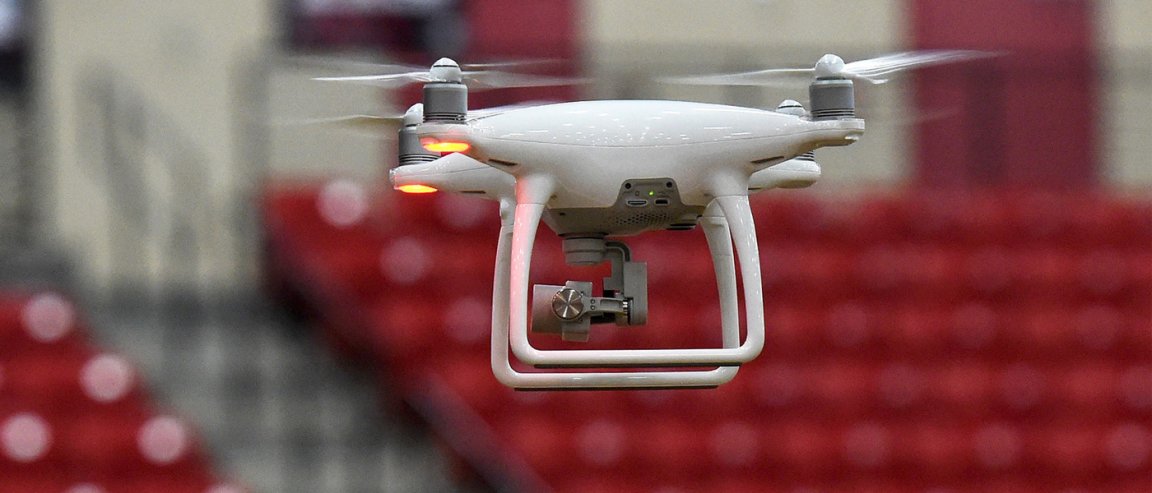
A New Era for Commercial Drones
With increasing innovation in the field of drones, its no wonder regulators are struggling to keep up. But successful and effective regulation is key to high adoption and commercial use of these flying robots.
Which is why drone operators rejoiced when the U.S. Federal Aviation Administration (FAA) released new rules for applying for and operating commercial drones in US airspace.
“The FAA forecasts there could be as many as 600,000 unmanned aircraft used commercially during the first year after this rule is in place,” FAA Administrator Michael Huerta said in a press conference. “Drones are helping to create a whole new means of realizing the American dream,” he added later.

Safety and Innovation
Previous commercial rules required operators to have an actual pilot’s license before operating these drones, a process that could take months. Now, the regulatory agency has come up with a separate test for drones under these new rules. All prospective operators have to do is pass an aeronautical knowledge test at an FAA-approved facility and a background check.
The rest of the rules still apply: no flying at night, no flying over people, operators must have line-of-sight, combined drone weight must not be over 55 pounds (25 kg), and they have to be registered.
The agency has also instituted a waiver process for businesses who feel that they can skip some of the restrictions safely. NPR reports that around 80 of those waiver applications have already been filed and approved.
“If the federal government continues to embrace drone technology policy that balances safety and innovation, by 2025 our country will reach one million drone flights per day,” Douglas Johnson, vice president for technology policy at the Consumer Technology Association, said in a statement.
And FYI, hobbyists have no reason to freak out. If you simply enjoy flying your drone in your own backyard, the new rules do not apply. The FAA has a separate set of rules for those drone operators.